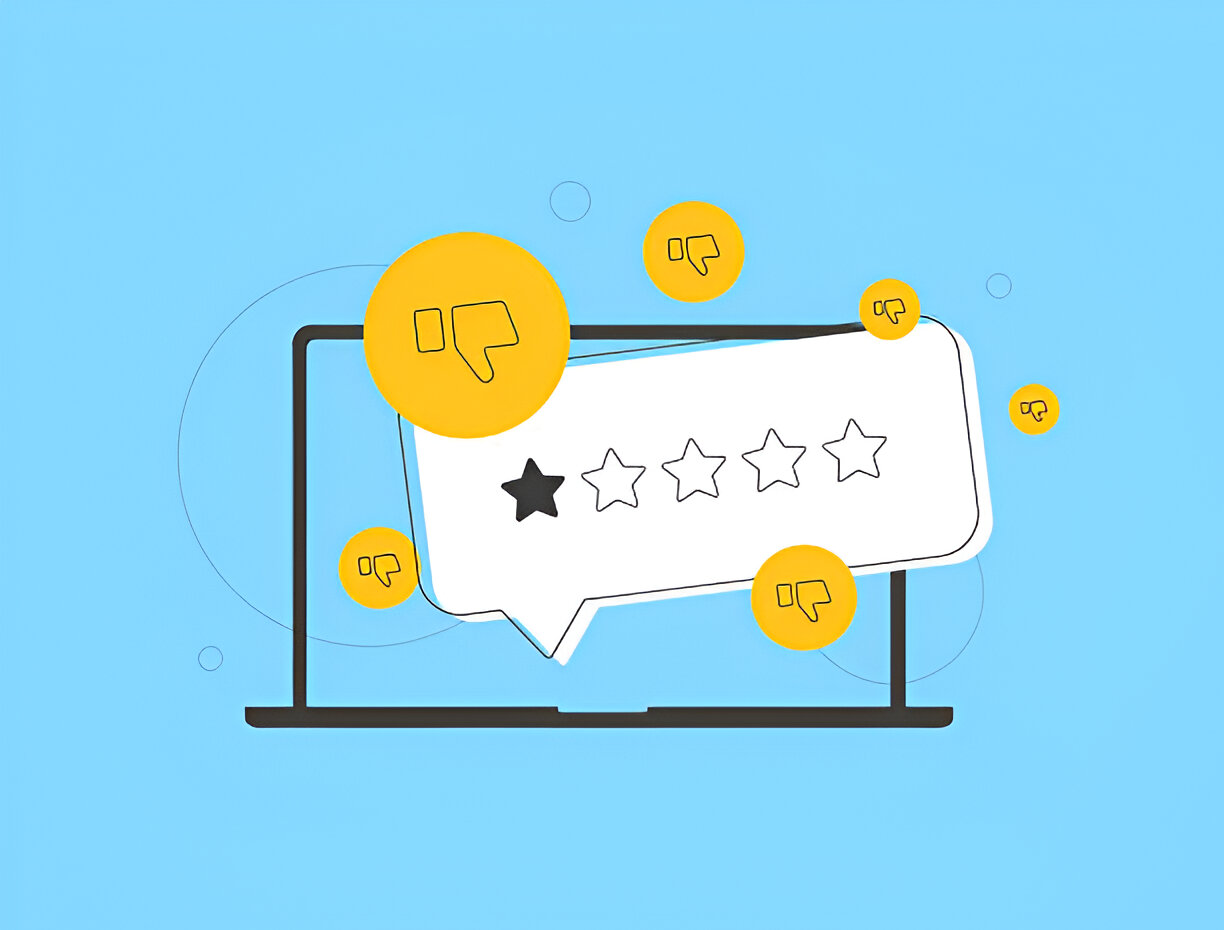How Chatbots Are Changing Customer Service for Businesses
A chatbot is an artificial intelligence tool designed to simulate real-time conversations with users. It operates around the clock, doesn't require breaks, and can manage a high volume of requests simultaneously. For businesses, that sounds like an ideal solution. It's no surprise that the chatbot market has surged from $370 million in 2017 to $2.2 billion in 2024. Many companies now rely on chatbots as the first point of contact for customer service. Despite the convenience, not all customers are on board.
Why Most Customers Still Prefer Human Agents Over Chatbots
While companies are excited about the speed and efficiency of chatbots, many customers are not. A recent survey found that 71% of people would rather speak with a human agent. Even more concerning, 60% said chatbots often do not understand their issue. This is not just about getting the wrong answer. It comes down to trust. Most people are still unsure about artificial intelligence, especially when their time or money is on the line.
When Customers Want a Human Agent Instead of a Chatbot
Not every customer question is the same. Some are simple and quick. Others are more complex or personal. And that's where chatbots fall short. A recent survey showed that 47% of people were OK with a company using their purchase history for marketing. But only 9% were OK with the company using their financial information. That's a big difference. When things feel more sensitive or serious, people want a real person to help.
New Research Compares Chatbots to Human Agents in Customer Service
To better understand how people really interact with chatbots and human agents, researcher Vivek Astvansh partnered with a large North American retailer and analyzed more than 500,000 customer service chats. The findings are detailed in his peer-reviewed study, "Insights from Customers' Chats with Bots and Human Agents."
The study found that most inquiries fell into one of six categories: orders, coupons, products, shipping, account issues, and payments. When customers had questions about detailed or sensitive topics, such as shipping or payment issues, they were far more likely to seek out a human agent rather than rely on a chatbot. Astvansh's research also revealed that human agents were more effective at matching the content and communication style of the customer than chatbots.
This similarity in language and topic focus led to stronger rapport between customer and agent. In fact, the closer the agent's responses aligned with the dominant topic of the conversation, the faster and more frequently customers replied. The data suggests that customers feel more engaged when they sense they are being understood, which is a key driver of satisfaction during service interactions.
How Businesses Can Improve Customer Service with a Hybrid Approach
So, how can businesses use these insights to improve customer service? Not every customer issue should be handled by a chatbot. Companies should determine the intent behind each inquiry before deciding whether it should be routed to a bot or a human.
Human agents already know how to mirror a customer's tone and focus. For chatbots to succeed, they must be trained to recognize and adapt to customer intent and language patterns. While this doesn't come naturally to machines, it can be programmed using machine-learning models like those used in the study.
If a company is investing in a chatbot system, it should track how well that system performs. Businesses should ask chatbot vendors to provide real-world data showing how their bots compare to human agents in terms of efficiency, accuracy, and customer satisfaction. If the technology cannot meet a high standard, it may not be worth the investment.








Comments
Join Our Community
Sign up to share your thoughts, engage with others, and become part of our growing community.
No comments yet
Be the first to share your thoughts and start the conversation!